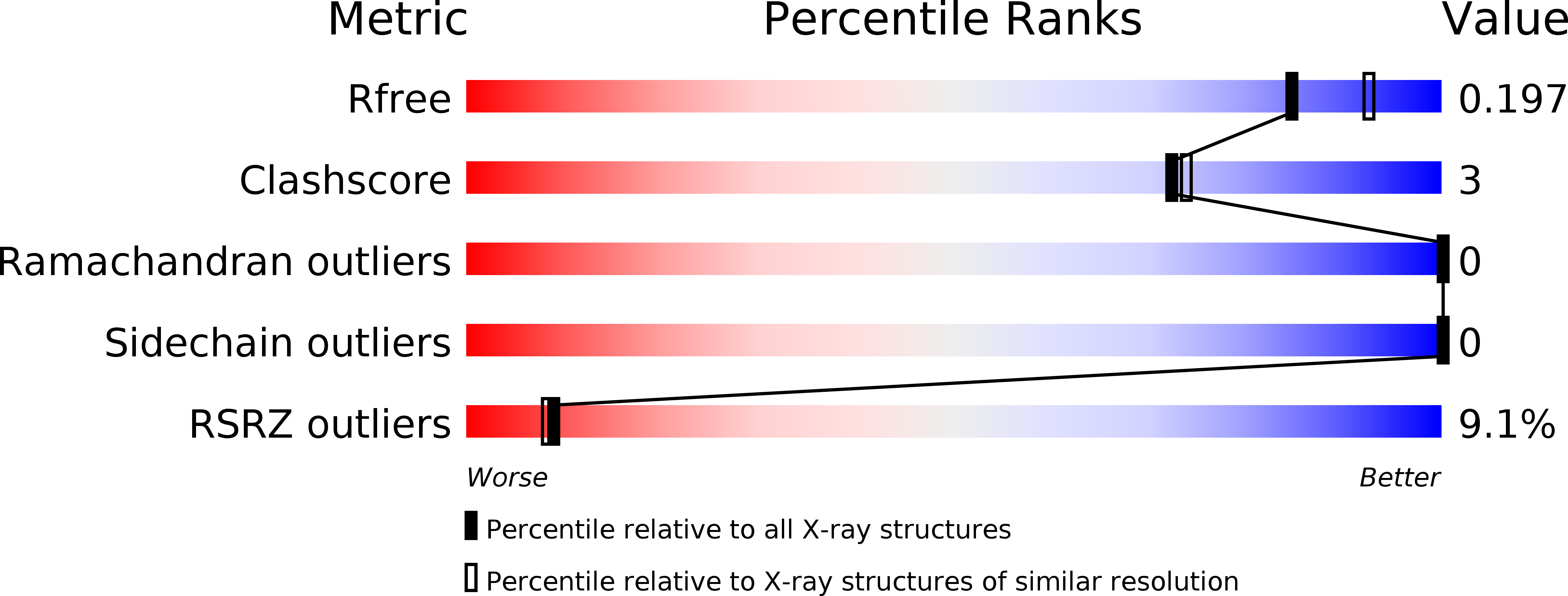
Deposition Date
2019-06-03
Release Date
2020-01-29
Last Version Date
2023-10-11
Entry Detail
PDB ID:
6P6E
Keywords:
Title:
Structure of Mouse Importin alpha - PAC3 NLS peptide complex
Biological Source:
Source Organism:
Mus musculus (Taxon ID: 10090)
Neurospora crassa (Taxon ID: 5141)
Neurospora crassa (Taxon ID: 5141)
Host Organism:
Method Details:
Experimental Method:
Resolution:
1.99 Å
R-Value Free:
0.19
R-Value Work:
0.17
R-Value Observed:
0.17
Space Group:
P 21 21 21


